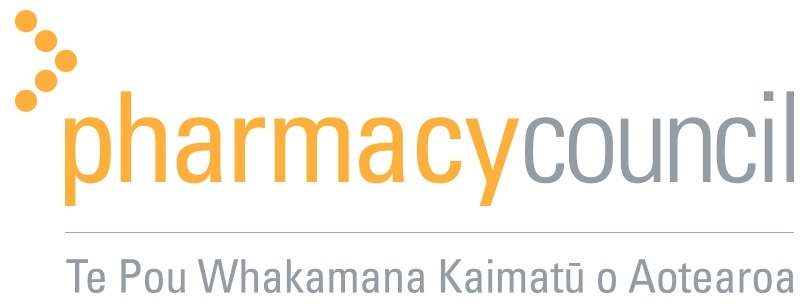Auckland University’s School of Pharmacy has published research into the factors that might result in suboptimal practice in community pharmacies.
The Council funded research aimed to understand the broader context of community pharmacy practice and establish a better understanding of risks to pharmacists’ practice than provided by notifications, complaints data, or Medsafe’s Pharmacy Quality Audit data alone. The Council’s focus is on understanding the potential risk of pharmacists’ practice and establishing whether risks can be properly addressed. This may not require a formal regulatory response to the risk, but a response by pharmacists themselves or other stakeholders.
Interviewing pharmacists in 2021, 80 percent of pharmacists surveyed agreed that sub-optimal practice has increased in the last five years. Increasing workloads, particularly over the period of the Covid-19 pandemic have been a significant contributor. Issues included staffing and time constraints, higher work volume to staffing ratio, a lack of funding leading to cost cutting, stock shortages, and a lack of equipment.
Other themes included poor workflow, lack of standard operating procedures, mess and disorganisation, poor lighting, no lunch or break periods.
Council is awaiting further analysis from this research before committing to next steps. In the meantime, we ask pharmacists and stakeholder organisations to identify and address the factors that are addressed in this research, including enhancing competencies for leadership, quality improvement and ensuring safe working environments.
Read Community pharmacists beliefs about sub-optimal practice during the times of Covid-19 report.
